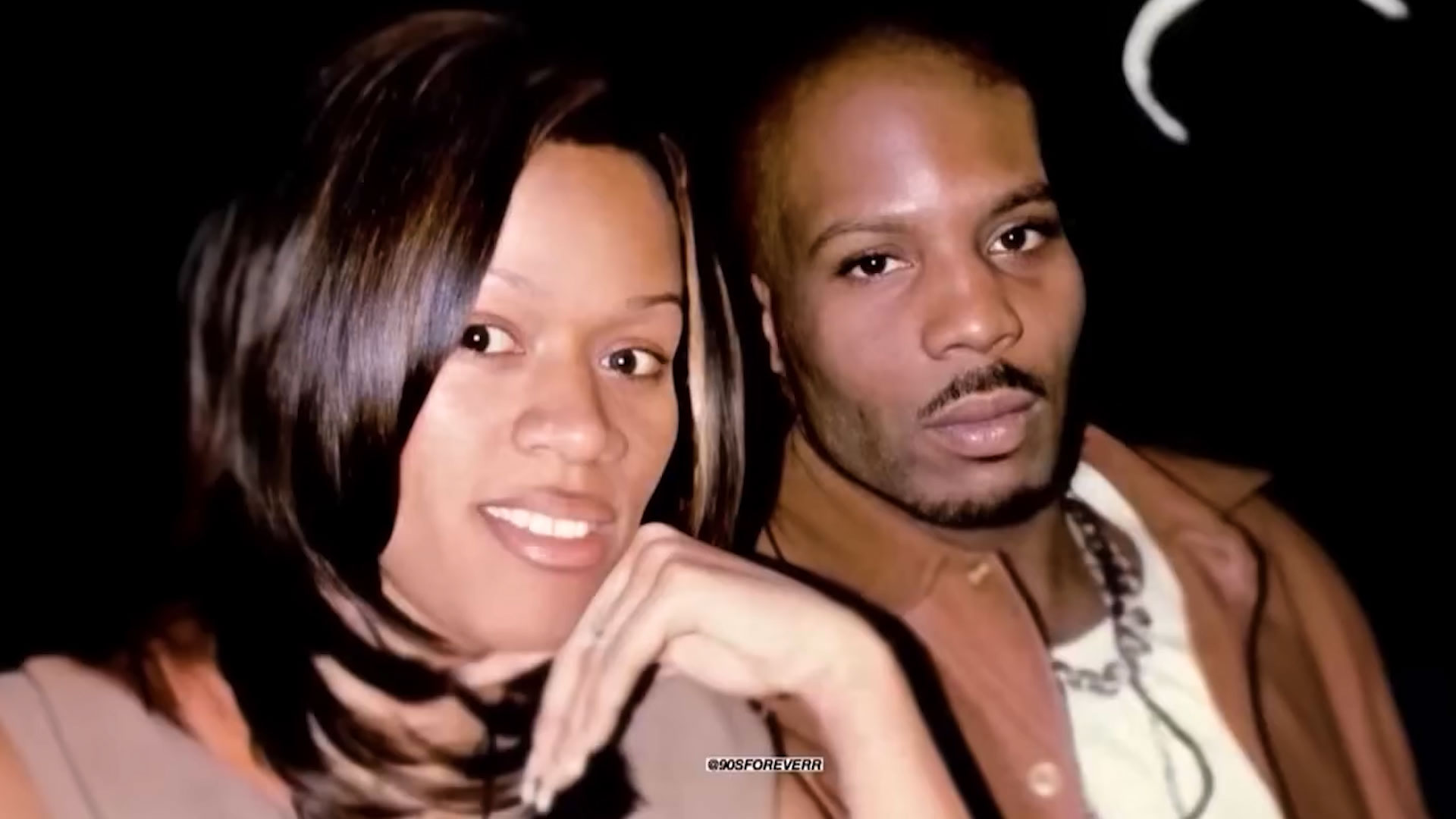Tashera Draughn met Earl Simmons when she was just 11 years old. She dated him for 10 years before marrying the man who would later gain fame as rapper DMX.
During a recent conversation with CBN, Tashera shared about her marriage to the hip hop legend.
“This was always his dream. He knew that he was gifted with his talent, which I didn’t really see it for what it was until it actually, really happened. But he said, ‘This is how we going to make it out the hood,'” Tashera said.
She recalled how married life started off easily, then turned into a nightmare after DMX’s meteoric rise in the music world.
“In an industry where it is the devil’s playground, where morals and values are out the window, I watched my best friend gain the world,” she explained.
It is widely known that DMX struggled with drug addiction, which led to legal battles and multiple stints behind bars. Later in his career, the Grammy-nominated rapper, who often spoke about God, began to incorporate his love for God into his lyrics.
During the COVID-19 pandemic, DMX used social media to lead thousands in a Bible study and pray for salvation.
**MORE: Remembering Rapper DMX and His Pandemic Bible Study, Asking Followers to Receive Jesus**
“He’s the one who introduced me to Christ,” Tashera explained. “I knew that he knew he was being used for Christ. But I saw the constant fight he was battling. He was battling between good and evil.”
That evil included the pain of marital infidelity and abuse.
“To be totally transparent, I was lost,” said Tashera. “I lost myself. I lost my soul in that marriage. If it wasn’t for my oldest son saying that one day, he said, ‘If the next time I see my father and hear him abusing you verbally, I’m going to kill him.'”
Those words from 14-year-old Xavier served as a wake-up call for Tashera to take her family and leave.
“I saw the look in his eyes and I realized that if you’re not going to do it for yourself, Shera, you have to do it for your children,” Tashera said.
In 2025, while separated from her husband, Tashera, who grew up a Muslim, said she experienced a spiritual encounter that set her on a new path.
“I didn’t know Jesus the way I should have, so I was in the closet,” she explained. “Things were going really bad. It was going really left, and I cried the hardest cry. I mean, it was from my soul. It was from my spirit. I did not know what else to do. I felt warmth, a peace that I’ve never ever experienced before. And at the time, it was scary. But when I had to replay it, it was Jesus because I was crying out, ‘If You were real, You would come see me. You would show me Your love. This is not what You say You’re about.’ And that’s what I was saying in that moment, and then He came.”
***Please sign up for CBN Newsletters and download the CBN News app to ensure you keep receiving the latest news from a distinctly Christian perspective.***
The experience is just one of many Tashera shares in her latest book, *Dying to Self*, which outlines her transformative journey.
“The industry that I was birthed in is the devil’s playground, and there’s so many women and men out there that they think they know, but they have no idea. And I felt like it was time. I owed it to Jesus to let the world know that, had it not been for Him on my side, I don’t know where I would be,” Tashera said.
In 2014, Tashera and Earl divorced, and on April 9, 2021, at the age of 50, DMX died after suffering a heart attack. At his funeral, Tashera shared about the love God had for Earl and his sincere desire to serve Christ.
Today, Tashera is on a mission to share the healing and hope she has found.
“Jesus Christ is love. I mean, that’s the only way I could really fully say it, because I didn’t know what love was until I found His love, His unconditional love, the love that when I mess up, when I make mistakes, when I get distracted, He’s still sitting there.”
It is a love that has made a strong impact on Tashera and Earl’s children who experienced their own challenges growing up in the home of the late rapper. Her youngest son Sean was recently baptized after committing his life to Christ.
“Our Godly Father has picked them up and turned their lives around. And they don’t have depression anymore. They don’t cut anymore. They don’t feel abandoned anymore because of the love of Jesus Christ.”
https://www1.cbn.com/cbnnews/entertainment/2025/november/battling-between-good-and-evil-ex-wife-of-dmx-on-marriage-struggles-and-the-day-she-met-jesus
